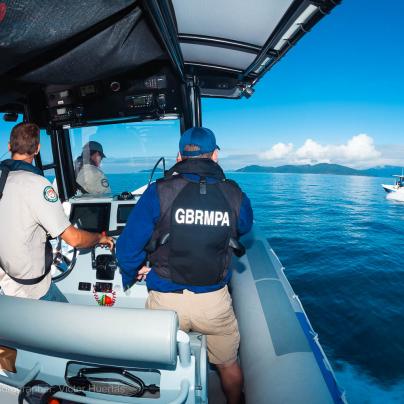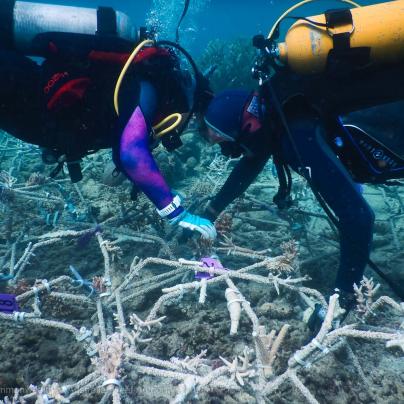Field officers deliver a range of activities that help maintain and improve the condition of the Reef.
Their work contributes to protecting marine and island habitats and vulnerable species and restoring ecosystems to their natural state. For example, planned burns maintain the ecological function of island ecosystems. This helps prevent wildfire and contributes to pest animal and weed management, protecting the natural integrity of islands.
Field officers conduct regular surveys of the Reef and collect and report information on vulnerable species through activities such as turtle nesting surveys and coastal bird monitoring.
For example, the Coastal Bird Monitoring Strategy has tested innovative remote sensing and audio recordings to monitor coastal birds on Michaelmas and Capricornia Cays.





Field Management officers undertake reef health and impact surveys, a quantifiable survey method that assesses reef health in a series of five-metre radius circles. It provides a snapshot of reef health at any time on any reef.
This information helps the Great Barrier Reef Marine Park Authority and the Queensland Parks and Wildlife Service understand the current health of the environment and track changes over time to most effectively target management activities to address emerging issues.
The Field Management Program also manages cultural and Indigenous heritage on island national parks and Commonwealth-owned islands — this includes developing heritage management plans to protect significant sites and active maintenance and restoration at some locations.
Some of the key heritage sites in the Great Barrier Reef Marine Park include Magnetic Island’s World War II forts complex, Indigenous rock art on Stanley Island, Lady Elliot Island and Dent Island light stations and Low Isles.





